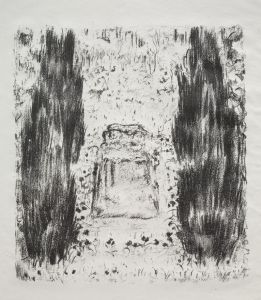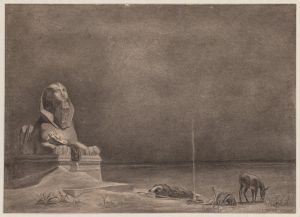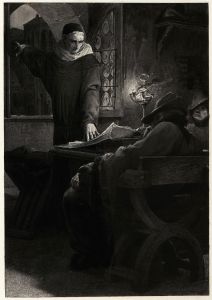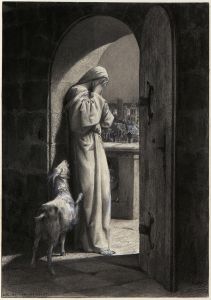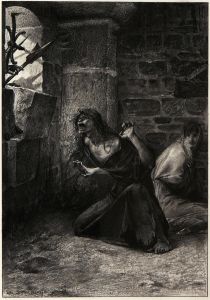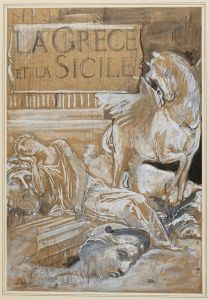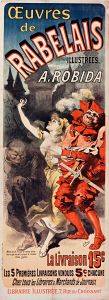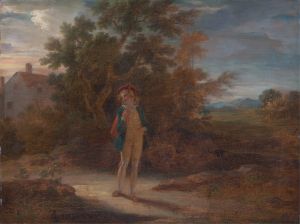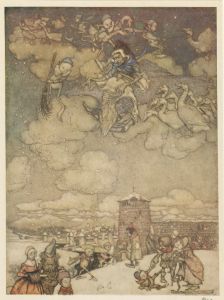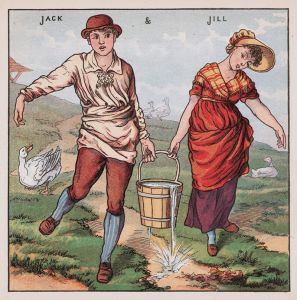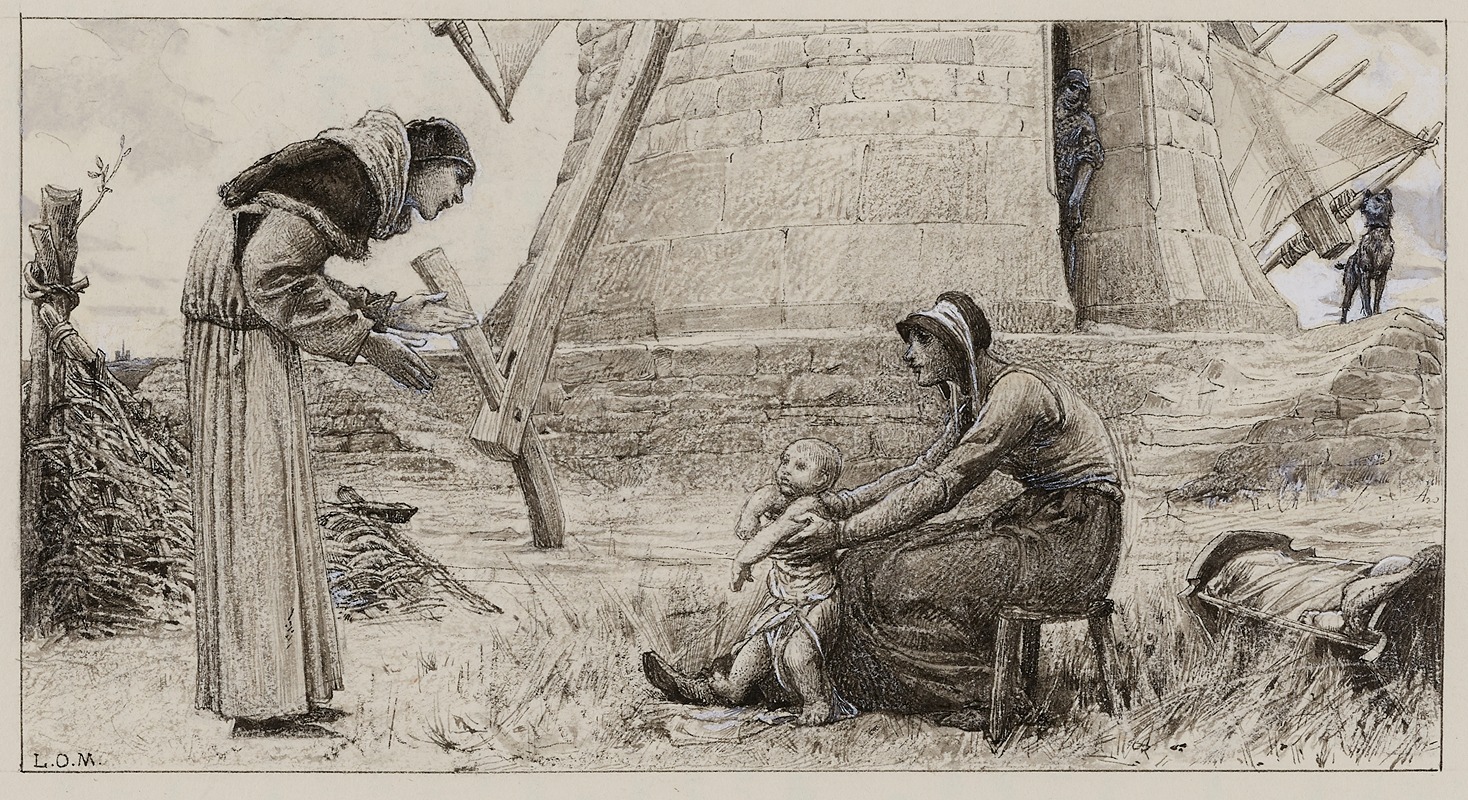
Claude Frollo
A hand-painted replica of Luc-Olivier Merson’s masterpiece Claude Frollo, meticulously crafted by professional artists to capture the true essence of the original. Each piece is created with museum-quality canvas and rare mineral pigments, carefully painted by experienced artists with delicate brushstrokes and rich, layered colors to perfectly recreate the texture of the original artwork. Unlike machine-printed reproductions, this hand-painted version brings the painting to life, infused with the artist’s emotions and skill in every stroke. Whether for personal collection or home decoration, it instantly elevates the artistic atmosphere of any space.
Luc-Olivier Merson's painting "Claude Frollo" is a 19th-century artwork that depicts the character Claude Frollo from Victor Hugo's 1831 novel Notre-Dame de Paris (commonly known in English as The Hunchback of Notre-Dame). Merson, a French academic painter and illustrator, was known for his detailed and evocative works, often inspired by literature, mythology, and history. This painting is one of his interpretations of Hugo's literary world.
Claude Frollo, as portrayed in Hugo's novel, is the Archdeacon of Notre-Dame Cathedral in Paris. He is a complex character, torn between his religious devotion and his obsessive, destructive passion for the gypsy girl Esmeralda. Merson's painting captures the brooding and conflicted nature of Frollo, emphasizing his inner turmoil and the themes of moral struggle central to the novel.
The painting is executed in Merson's characteristic style, which combines meticulous attention to detail with a dramatic and atmospheric use of light and shadow. The composition likely reflects the Gothic aesthetic of Hugo's novel, with architectural elements or symbolic imagery that evoke the setting of Notre-Dame Cathedral. Merson's ability to convey psychological depth through his portrayal of characters is evident in this work, as he brings Frollo's internal conflict to life.
Luc-Olivier Merson (1846–1920) was a prominent figure in the French art world during his lifetime. He studied at the École des Beaux-Arts in Paris and won the prestigious Prix de Rome in 1869. In addition to his paintings, Merson was also known for his illustrations, stained glass designs, and contributions to decorative arts. His works often drew on literary and historical themes, making him a fitting interpreter of Hugo's iconic characters.
While specific details about the creation date or current location of "Claude Frollo" are not readily available, the painting is an example of Merson's engagement with literary subjects and his ability to translate them into compelling visual narratives. It stands as a testament to the enduring influence of Victor Hugo's work on 19th-century art and culture.
This painting is part of a broader tradition of visual art inspired by Notre-Dame de Paris, which has captivated artists and audiences since its publication. Merson's interpretation of Claude Frollo contributes to the rich legacy of artistic responses to Hugo's masterpiece.





